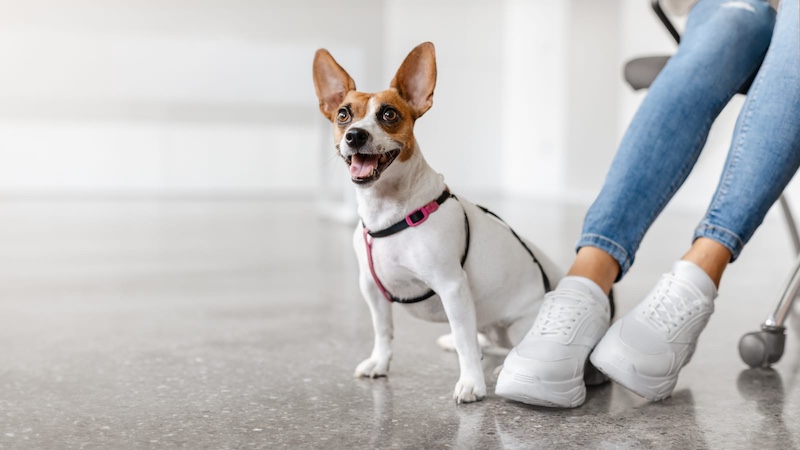Dogs are known for their expressive nature, and understanding the signs of their happiness can help strengthen the bond between you and your furry friend. By paying close attention to their behavior and body language, you can ensure they are content and address any issues early on. A happy dog is a healthy dog, both physically and emotionally, which leads to a more harmonious and joyful household. Here are ten signs that your dog is living their best life, and tips on how you can continue to support their well-being.
1. Wagging Tail
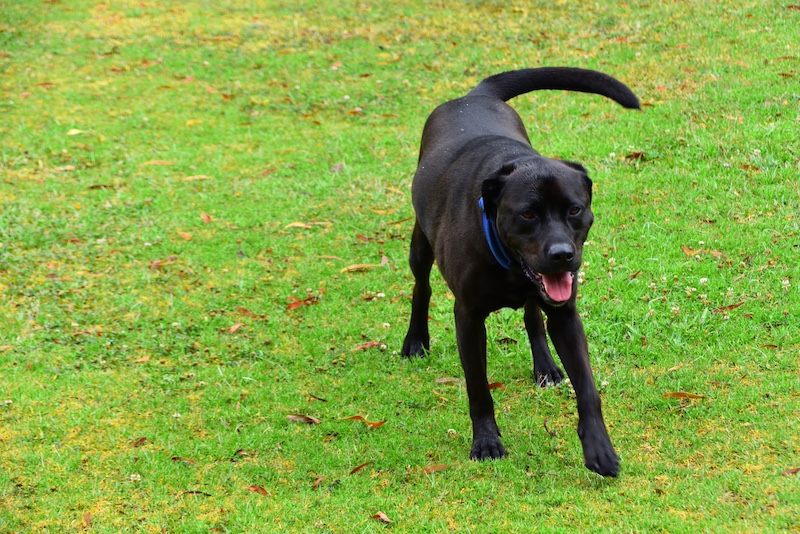
One of the most recognizable signs of a happy dog is a wagging tail. When your dog is excited or pleased to see you, their tail will likely wag vigorously. However, it’s important to note the context and position of the tail wag. A tail held high with a broad wag usually indicates happiness, while a low, stiff wag can be a sign of anxiety or submission.
2. Relaxed Body Language
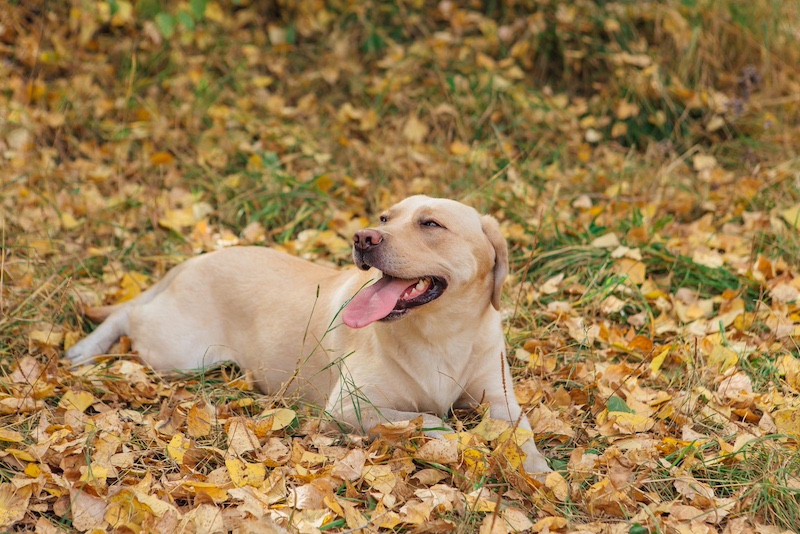
A happy dog will exhibit relaxed and loose body language. This includes soft, relaxed eyes, a mouth that may be slightly open (sometimes appearing to smile), and ears in their natural position. A dog that is at ease will often lie on their back, exposing their belly, which is a sign of trust and comfort.
3. Playfulness
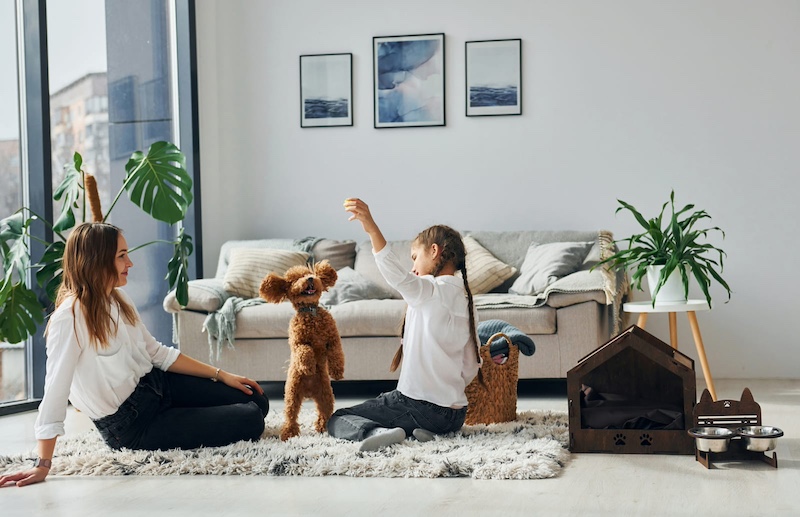
Dogs express their happiness through play. If your dog is frequently bringing you their favorite toy, initiating games of fetch, or engaging in playful behaviors like bowing (stretching their front legs forward while keeping their rear end up), it’s a good indication they are content and enjoying themselves.
4. Healthy Appetite
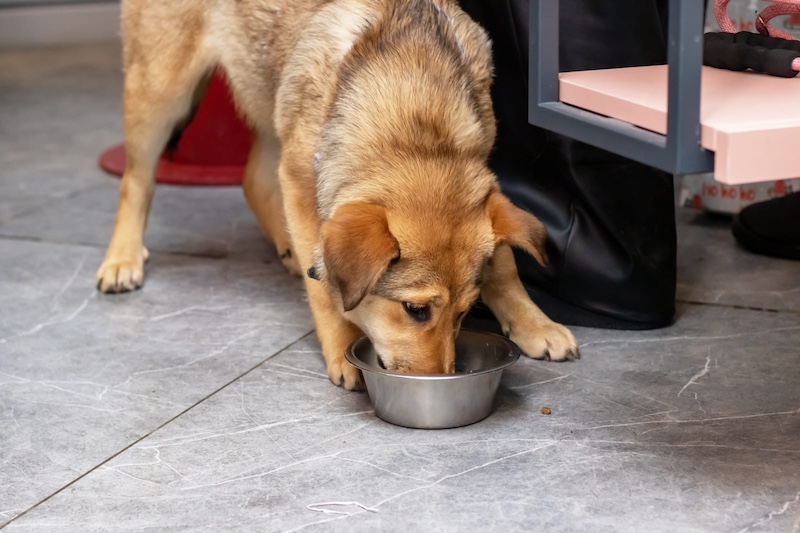
A happy dog typically has a good appetite. They will show enthusiasm at mealtime and eat with gusto. Changes in eating habits can be a sign of stress or health issues, so maintaining a consistent, healthy appetite is a positive sign of well-being.
5. Social Behavior
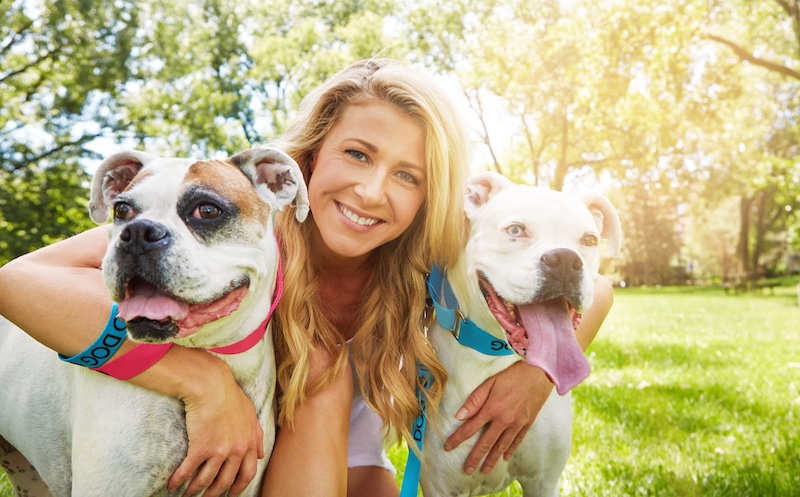
Happy dogs are often sociable and enjoy interacting with their human family as well as other dogs. They will seek out your company, enjoy being petted, and may follow you around the house. Social behaviors, like greeting you at the door or cuddling on the couch, are strong indicators of a happy dog.
6. Good Sleep Habits

Dogs need a lot of sleep, typically between 12-14 hours a day. A happy dog will have regular sleep patterns and will find comfortable places to rest. If your dog is sleeping well and waking up energetic and ready to play, it’s a sign they are content and relaxed.
7. Healthy Coat and Skin
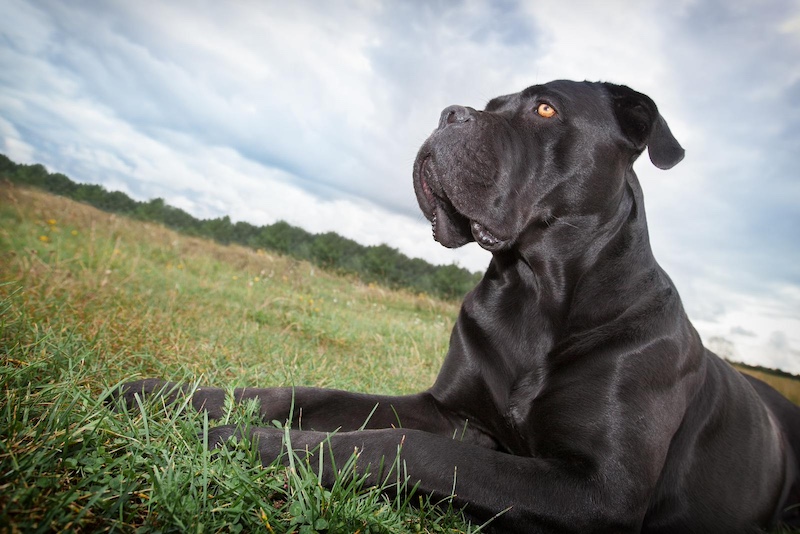
A dog’s physical health is closely tied to their emotional well-being. A shiny coat and healthy skin are signs of a happy, well-cared-for dog. Regular grooming and a balanced diet contribute to this, but a dog’s emotional state plays a significant role as well. Stress and anxiety can lead to skin problems and a dull coat.
8. Positive Vocalizations

Dogs use vocalizations to communicate, and happy dogs often express themselves with joyful sounds. This can include playful barks, excited whining when you return home, and contented sighs when they are relaxing. Pay attention to the tone and context of these sounds to understand your dog’s mood.
9. Eager to Learn
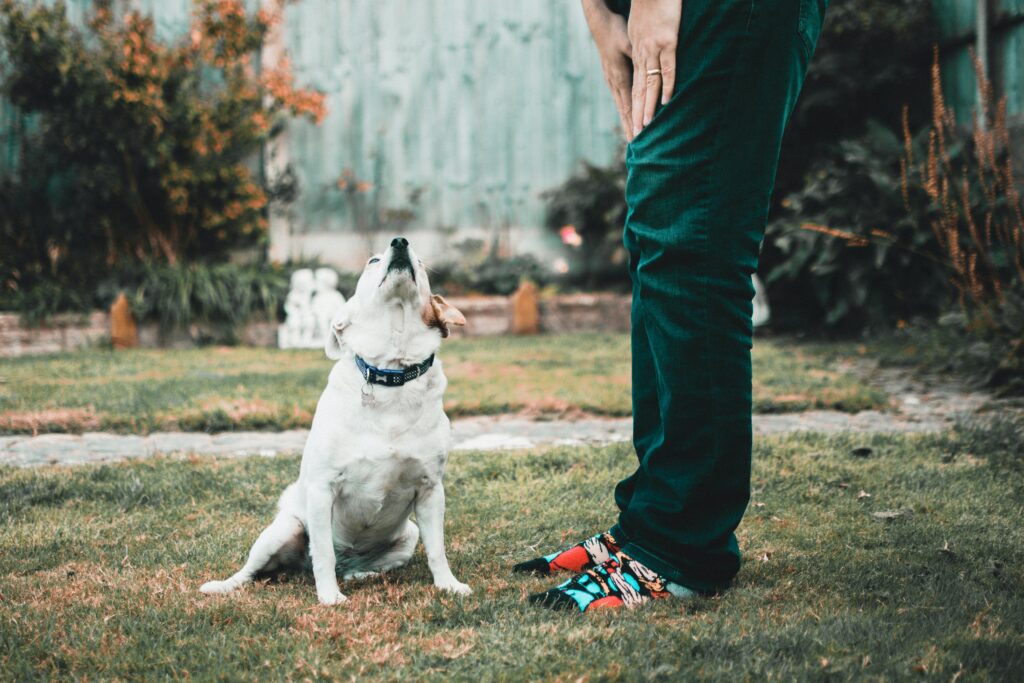
A happy dog is often eager to learn new things and responds well to training. They will show enthusiasm during training sessions and enjoy the mental stimulation that comes from learning new commands and tricks. A willingness to engage and learn is a positive sign of a dog’s mental and emotional well-being.
10. Tailored to Their Needs
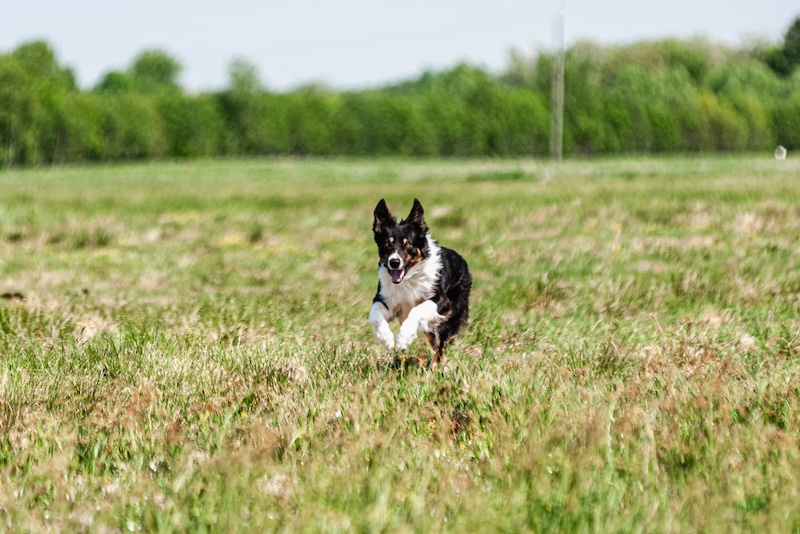
A happy dog has their physical and emotional needs met. This includes regular exercise, mental stimulation, social interaction, a balanced diet, and a comfortable living environment. Each dog is unique, so understanding and catering to your dog’s specific needs is crucial for their happiness.

